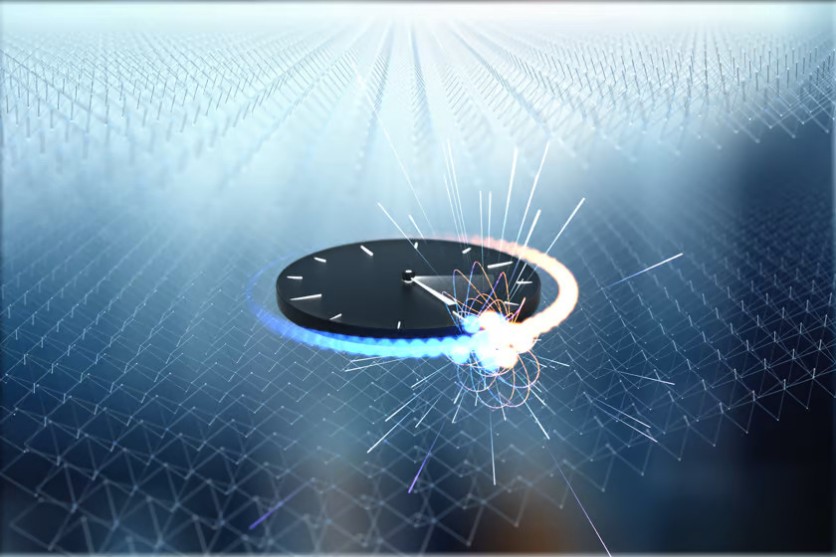Electronic gadgets have highly fast-moving electrons, which can make it challenging to observe what is happening inside. But now, the University of Michigan and the University of Regensburg have created an "attoclock" that can capture images of electrons in as little as a quintillionth of a second.
As reported first by New Atlas, clock speeds for modern computers are expressed in nanoseconds or one billionth of a second. Although this is fast enough for our current gadgets, quantum computers can still accelerate further with the proper tools.

The Attoclock
The study's lead author, Mackillo Kira, said that nanosecond is still "extremely slow" in quantum computing since electrons in a computer chip collide trillions of times a second and it effectively ends the quantum computing cycle.
"What we've needed, in order to push performance forward, are snapshots of that electron movement that are a billion times faster. And now we have it," Kira said in a statement.
One quintillionth of a second, or attoseconds, is the period on which the team's new measurement tool operates. The fact that there are more than twice as many attoseconds in a second than there are seconds in the entire history of the universe up to this point serves as a stark reminder of how little that period is, according to New Atlas.
Although it should go without saying that detecting time increments this small would be difficult, the team has created a new technique that makes it possible.
Researchers often employ brief pulses of concentrated extreme ultraviolet (XUV) light to observe electron motion in two-dimensional quantum materials. These bursts can show the activity of electrons bonded to the nucleus of an atom.
However, the high energy carried by those bursts prevents precise monitoring of the electrons moving through semiconductors, such as those found in modern computers and materials being researched for quantum computers, according to the University of Michigan's press release.
Read Also : Experimental Physicists Construct a Quantum Computer that can Read Beyond Binary Systems
Two Light Pulses
Hence, the researchers devised a technique that uses two light pulses that have energies matching the electrons. The first pulse is an infrared light pulse that causes the electrons to enter a condition where they can flow through a semiconductor material.
After that, a terahertz (THz) pulse of lesser intensity is used to force head-on collisions between the electrons. This results in a light flash, and by analyzing the precise timing of these flashes, quantum interactions and other information can be uncovered.
According to Kira, they employed two pulses: one that is energetically matched with the electron's state and a second pulse that changes its condition.
"We can essentially film how these two pulses change the electron's quantum state and then express that as a function of time."
The team claims that by improving our knowledge of how electrons flow, operate, and interact in materials, devices like this are the first stepping stones toward improved quantum computers.
Related Article : Quantum Computers To Be Mass-Produced? New Study Shows They're Now Compatible With Current Manufacturing Techs
This article is owned by Tech Times
Written by Joaquin Victor Tacla
ⓒ 2025 TECHTIMES.com All rights reserved. Do not reproduce without permission.




